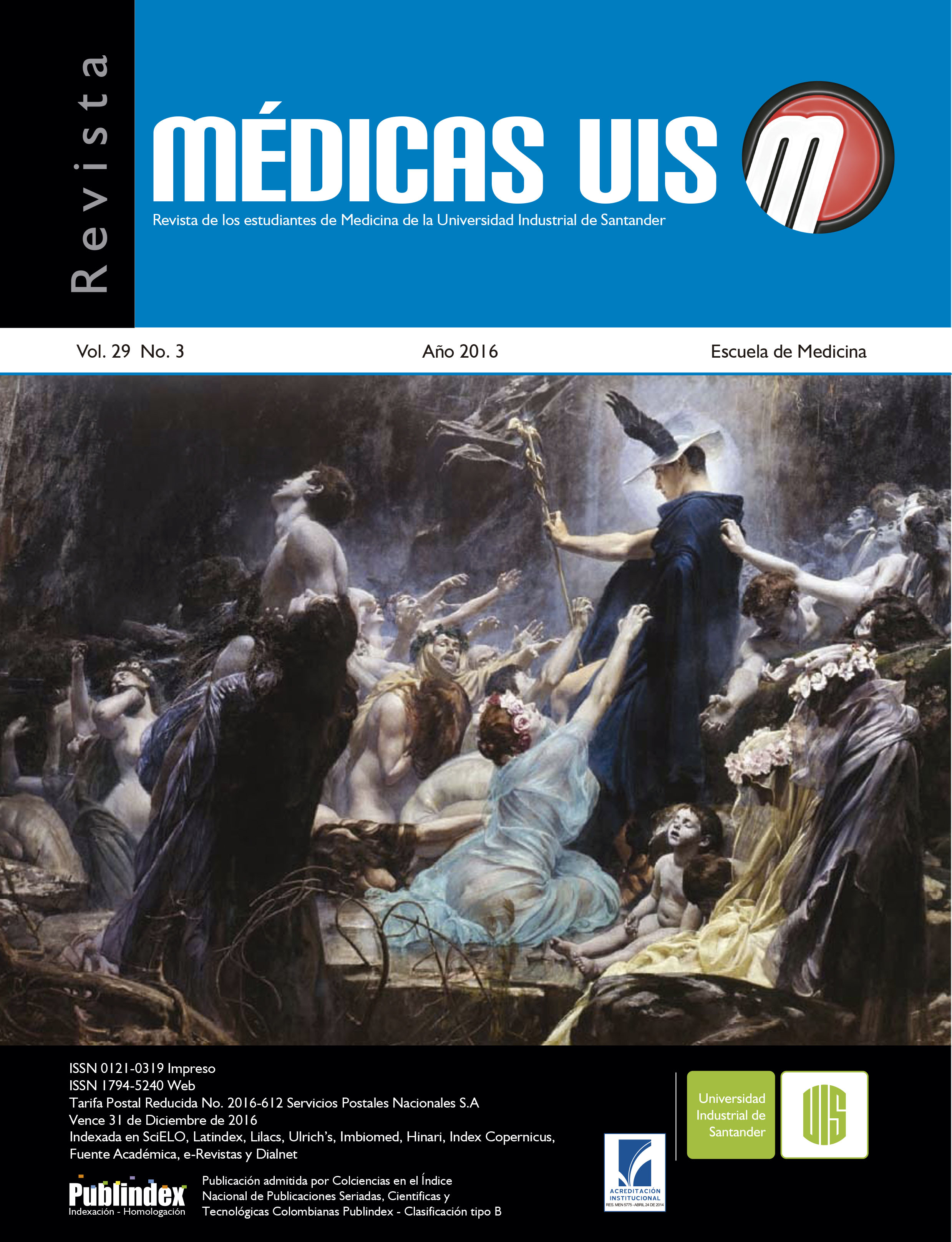Abstract
The following review article main objective seeks to provide an approach from a health care first level institution, of one of the most
frequent queries in pediatrics and general medicine, stunted growth. The relation of consults for short stature in children is higher in boys
rather than girls, but most of the times girls have more prevalence of organic diseases and growth disturbances than boys. When we
receive a patient who complains of short stature, we should ask a series of questions and take some anthropometric measures to classify
the child and determine the diagnosis. The first level doctor has to understand the meaning of these measures and determine if the child’s
short stature is whether pathological or physiological. Then the child has to be classified again, if it is a physiological short stature, he
needs to be group into genetic short stature or constitutional delay of growth and development, which constitutes by far the 80% of the
cases. MÉD.UIS. 2016;29(3):73-8.
Keywords: Growth Disorders. Growth and Development. Stature by Age.

This work is licensed under a Creative Commons Attribution 4.0 International License.
Copyright (c) 2016 Revista Médicas UIS
